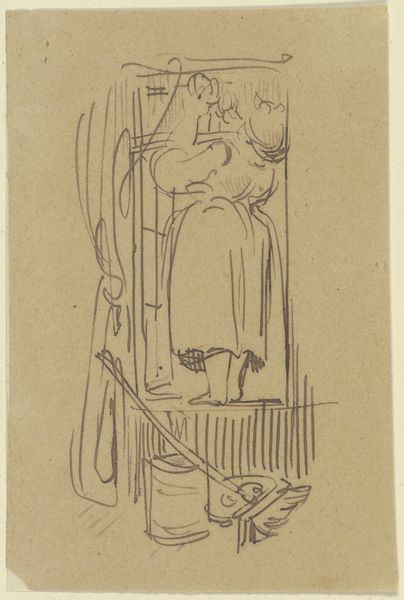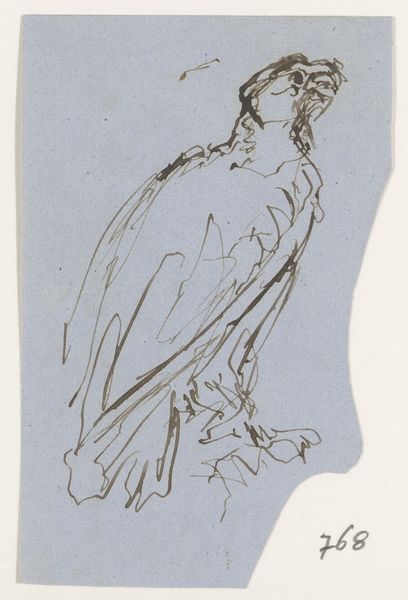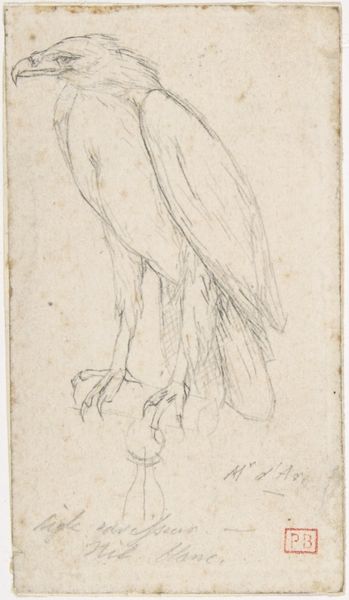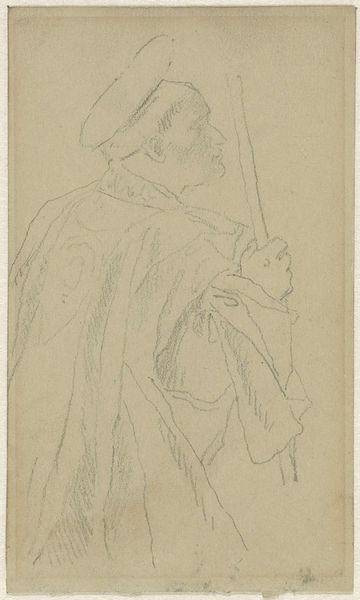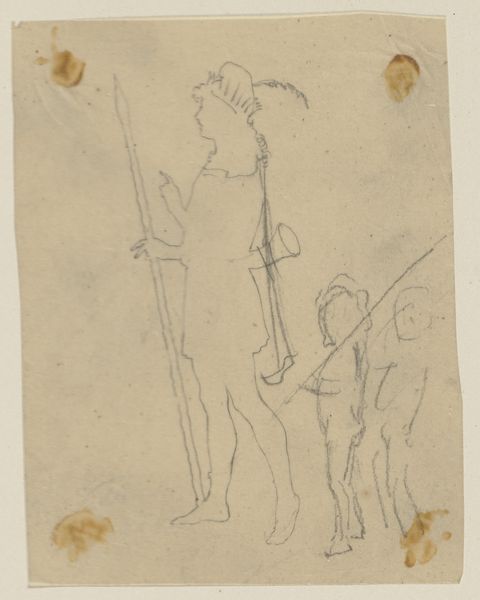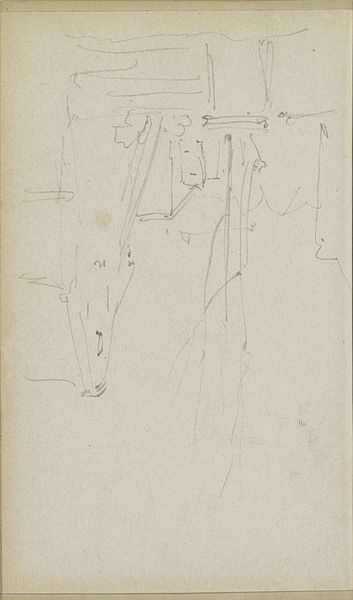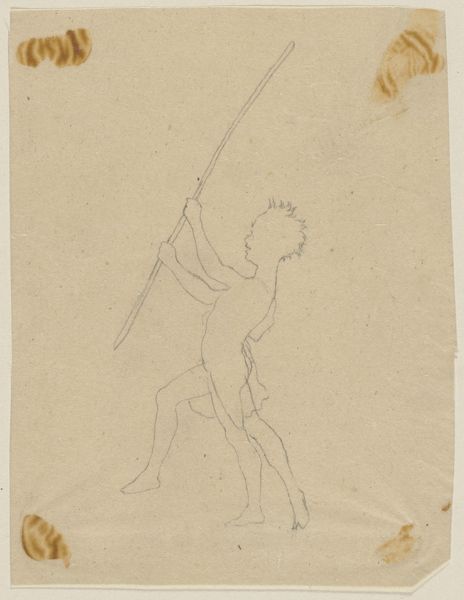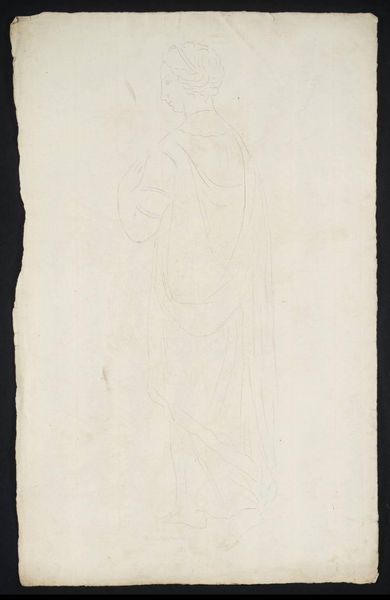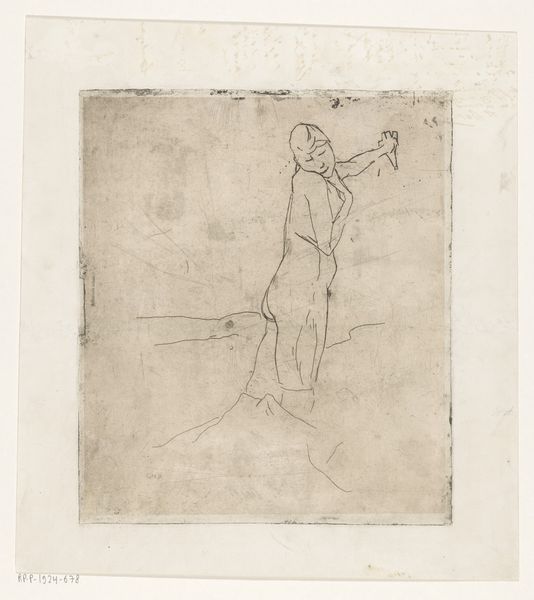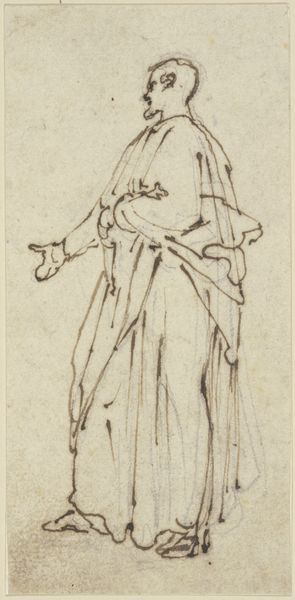
drawing, paper, pencil
#
drawing
#
pencil sketch
#
landscape
#
figuration
#
paper
#
pencil
#
realism
Dimensions: height 259 mm, width 150 mm
Copyright: Rijks Museum: Open Domain
Editor: Here we have Jan Mankes's pencil drawing, "Torenvalk," created sometime between 1899 and 1920. It depicts a kestrel in what looks like a preliminary sketch. What layers do you see beneath this simple depiction? Curator: I see a representation laden with the weight of its time. The kestrel, though delicately rendered, exists within a historical context where the natural world was increasingly being encroached upon by industrialization and urbanization. Do you feel a tension between the delicate realism of the bird and the harsh realities of its environment? Editor: That's an interesting point. It does feel somewhat isolated, almost posed. Curator: Precisely. The bird's posture, its gaze, are carefully constructed. Mankes situates the bird with an ambiguous background and rectangular 'frame', and I would argue this hints at an attempt to categorize or control nature during a period defined by attempts to organize and classify knowledge. This also parallels anxieties of an increasingly surveilled public during this same period. It begs the question: Who is truly watching who? Editor: So, it's less about pure observation and more about the relationship between humans and the natural world, power and surveillance. Curator: Exactly. Consider also the fragility of the medium—pencil on paper. The work’s ephemerality highlights a fleeting moment, a delicate balance under constant threat. It's a testament to nature's precarity within the frameworks we build around it. Editor: I hadn't thought about the materials in that way. I appreciate this reframing. Curator: Art, especially art focused on the natural world, isn’t made in a vacuum. Editor: I will certainly approach similar pieces differently going forward. Thank you.
Comments
No comments
Be the first to comment and join the conversation on the ultimate creative platform.
